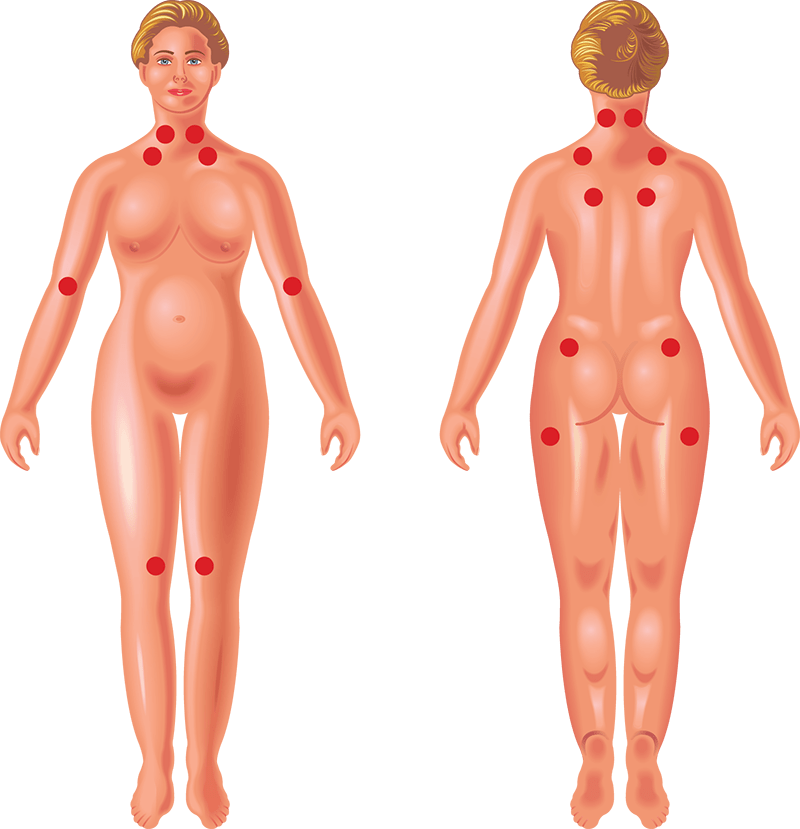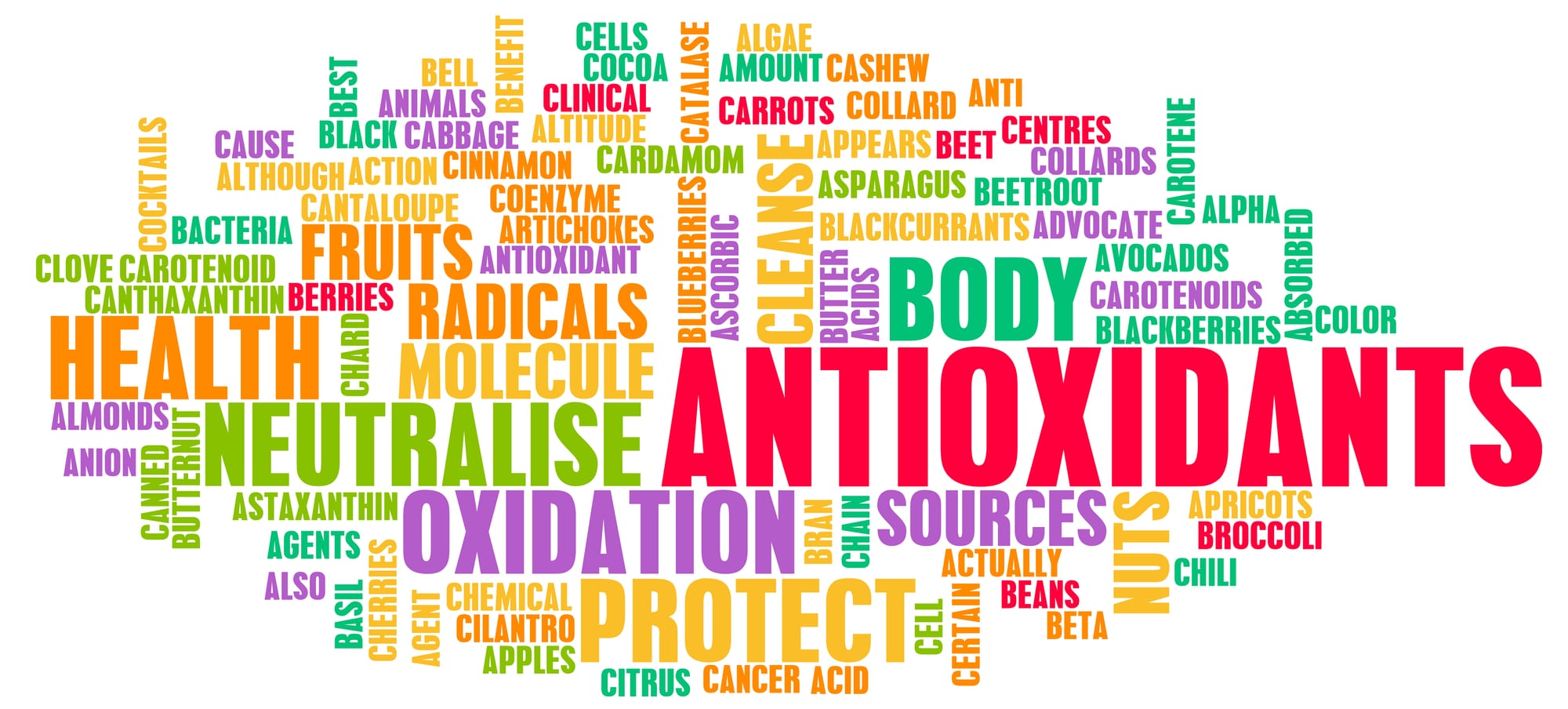Have you ever experienced, or are you currently suffering from nagging, chronic pain?
There can be many causes of pain, and even more reasons why you aren’t getting relief from your pain.
What have you done to relieve your pain?
Many people try to do stretches, physiotherapy, ice or heat packs or extended periods of rest. While these therapies do have merit, they alone, do not usually offer the actual healing required inside of the body to find respite from pain.
Here, we will identify the Top 5 Reasons Why You May be Unable to Heal Your Pain:
1. Vitamins and Minerals Deficiency
If your body is deficient in essential vitamins, minerals, fatty acids or antioxidants, it will be very difficult to effectively heal your pain. Your body needs to be provided with abundant nutrients from various sources to fulfill your daily fuel requirements.
Your diet should consist of a variety of colours, with a base colour of many greens, and adding in reds, oranges, yellows, blues and purples. If you focus on eating 80% fruits or vegetables at every meal, you will definitely be on your way to fulfilling your colour and nutrient requirements.
Include fresh green salads into your day, with lettuce, spinach, kale, and add red/yellow/orange peppers, carrots, grapes, cucumbers, and all of your favourite vegetables for colour and nutrient value.
2. Insufficient, Poor-Quality Sleep
How many hours of quality, uninterrupted sleep do you squeeze in per night? If you’re getting less than 8, you are doing a serious disservice to your well being.
Your body needs to experience deep, uninterrupted, quality sleep to reap the restorative benefits of this resting time.
If you have trouble falling asleep, try turning off your electronics and dimming your lights at least one hour before your bed time goal. The light from your devices skews your circadian rhythm and prevents you from realizing that it is bedtime.
Sleep Goal: Go to sleep with the sun and rise with the sun!
3. Lack of Movement
Our bodies were designed to move. But our sedentary lifestyles have taken over and too many hours at the computer, at our desks and in front of the television have changed our ancestral ways of hunting and gathering to stumbling to the fridge and then back to your chair.
It’s incredibly important to build regular exercise into your schedule. Speak to your natural health practitioner about what would be the best ways to get started, but really whatever you can manage while you are in pain to move your body is great. Start off slowly and build up to your goals. Go for short walks, do some yoga stretches or any exercise that feels good to you.
4. Pharmaceutical Overload
A common treatment for pain is a prescription for pharmaceuticals. However, these medications can often negatively impact your overall health, and cause immense inflammation in your body. Inflammation is often a cause of chronic pain, and we must work to eliminate inflammation rather than contribute to it. It is important to find natural solutions that work to boost up your body, rather than add dangerous pharmaceuticals that have a long list of potential side effects.
5. Central Nervous System Interference
Your central nervous system controls every single aspect of your body from breathing to digestion to cell division. Your brain sends messages to every single part of your body and they travel via your central nervous system which is encased by the bones of your spine.
If any of the spinal bones shift out of alignment, it puts pressure on your central nervous system, and your brain is unable to efficiently send all of the messages it needs to, to every cell, organ and tissue of your body. The messages that your brain sends out to direct healing can be halted or interfered with, and this can cause the pain to continue or intensify, because the healing messages are not able to reach their destination.
The only way to detect these misalignments of your spine is to have an examination with a chiropractor, who can determine a program of care to correct your spine and help to reduce or eliminate your pain.
Dr. Casey Sinclair, D.C. is a leading holistic healthcare doctor trained in functional medicine. He has extended his reach around the world by co-founding Family Health Advocacy, a health advocacy group lead by doctors and health professionals providing resources and education on global health matters. He has been fortunate to act as health a consultant to some of the largest companies in North America and as a professional speaker he’s had the privilege of speaking to thousands of people. Dr. Casey is an advocate for people suffering with chronic pain and fibromyalgia and has authored a book on the subject.






